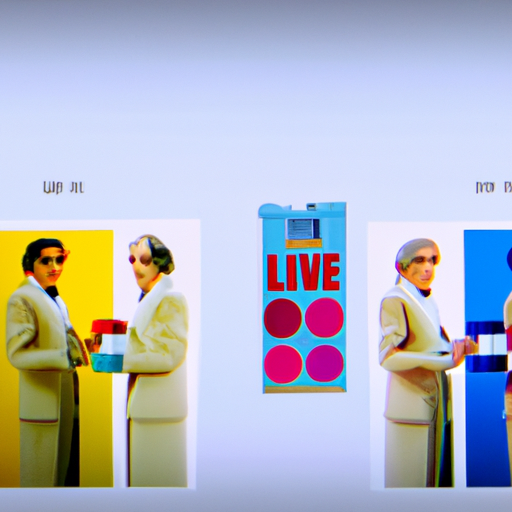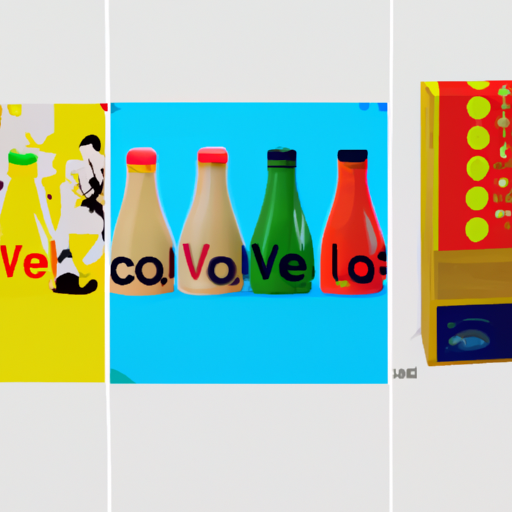
-
Table of Contents
The Evolution of Package Design: From Tradition to Innovation

Package design plays a crucial role in the success of a product. It not only protects the contents but also serves as a powerful marketing tool. Over the years, package design has evolved significantly, adapting to changing consumer preferences, technological advancements, and cultural shifts. From traditional designs rooted in simplicity and functionality to innovative and eye-catching designs that captivate consumers, this article explores the evolution of package design and its impact on consumer behavior.
The Traditional Era: Simplicity and Functionality
In the early days of package design, simplicity and functionality were the primary focus. Packages were designed to protect the product during transportation and storage, with little emphasis on aesthetics. The primary goal was to ensure that the product reached the consumer intact.
One classic example of traditional package design is the iconic Coca-Cola bottle. Introduced in 1915, the contour bottle was designed to be easily recognizable and distinguishable from competitors. Its unique shape not only made it easier to hold but also helped prevent counterfeiting. The simplicity of the design, with its distinctive curves and embossed logo, became a symbol of the brand’s identity.
Another example is the classic glass milk bottle. With its simple cylindrical shape and a cap, it served its purpose of protecting the milk while also allowing easy pouring. The design was standardized across different dairy brands, creating a sense of familiarity and trust among consumers.
The Rise of Branding: Connecting with Consumers
In the mid-20th century, package design started to shift towards branding and connecting with consumers on an emotional level. Companies realized the importance of creating a strong brand identity and using packaging as a means to communicate their values and differentiate themselves from competitors.
One notable example is the evolution of cereal box design. In the 1950s, cereal boxes began featuring colorful illustrations and characters to appeal to children. Brands like Kellogg’s introduced mascots such as Tony the Tiger for Frosted Flakes and Snap, Crackle, and Pop for Rice Krispies. These characters not only made the packaging more visually appealing but also created a connection with young consumers, leading to increased sales.
Similarly, cosmetic companies started using elegant and luxurious packaging to convey a sense of prestige and quality. Brands like Chanel and Estée Lauder invested in sophisticated designs, using high-quality materials and intricate details to create a premium image. The packaging became an extension of the product itself, enhancing the overall consumer experience.
The Digital Age: Interactive and Sustainable Designs
In the digital age, package design has taken a leap forward, embracing innovation and interactivity. With the rise of e-commerce, brands have had to adapt their packaging to meet the demands of online shopping while still creating a memorable unboxing experience.
One example of innovative package design is the Amazon Kindle. The Kindle’s packaging is not only designed to protect the device during shipping but also serves as a functional part of the product. The box unfolds to become a stand, allowing users to prop up their Kindle while reading. This interactive design not only adds value to the product but also creates a memorable and enjoyable unboxing experience for the consumer.
Sustainability has also become a key consideration in package design. With increasing awareness of environmental issues, consumers are demanding eco-friendly packaging solutions. Brands are responding by using recycled materials, reducing packaging waste, and designing reusable or biodegradable packaging.
One company leading the way in sustainable package design is Lush Cosmetics. Lush uses minimal packaging for its products, opting for naked or “naked” packaging where possible. For example, their solid shampoo bars are sold without any packaging, reducing waste and promoting a more sustainable approach to personal care.
The Power of Emotional Design
As package design has evolved, one constant remains: the power of emotional design. A well-designed package has the ability to evoke emotions, create a connection with the consumer, and influence purchasing decisions.
One study conducted by the University of Miami found that consumers’ emotional response to packaging significantly influenced their perception of the product’s quality and their willingness to purchase. Eye-catching designs, vibrant colors, and unique shapes were found to elicit positive emotions and increase the perceived value of the product.
Brands like Apple have mastered the art of emotional design. The sleek and minimalist packaging of Apple products creates a sense of anticipation and excitement. Opening an Apple product feels like unwrapping a gift, enhancing the overall consumer experience and reinforcing the brand’s image of innovation and quality.
Key Takeaways
- Package design has evolved from a focus on simplicity and functionality to a strategic tool for branding and connecting with consumers.
- Traditional designs like the Coca-Cola bottle and glass milk bottle emphasized simplicity and recognition.
- Branding became a key aspect of package design, with cereal boxes and cosmetic packaging using visuals to create emotional connections with consumers.
- The digital age brought about interactive designs, such as the Amazon Kindle’s packaging, and a focus on sustainability.
- Emotional design remains a powerful tool, with well-designed packaging evoking positive emotions and influencing purchasing decisions.
In conclusion, package design has come a long way, from its humble beginnings focused on functionality to its current state as a strategic tool for branding and connecting with consumers. As technology continues to advance and consumer preferences evolve, package design will undoubtedly continue to innovate, creating new and exciting ways to captivate consumers and enhance the overall product experience.
